The ancient land of Muong Bi is the largest Muong region of the four Muong (Muong Bi, Muong Vang, Muong Thanh, Muong Dong).
This place with ancient stilt houses, terraced fields and Muong dances in the deep and majestic sound of Muong gongs still preserves many original cultural features of the old Muong Hoa Binh people, considered the "heart" of the Muong people.
In the new development space, Muong Bi land with the ancient Muong village of Luy Ai is being preserved by the Phu Tho provincial government and people, breathing new life into the cultural heritages in the journey of sustainable development of cultural tourism .
Luy Ai - "rough gem" preserved by time
Nestled beside a clear, winding stream, surrounded by immense rice fields, Luy Ai hamlet, Muong Bi commune (formerly Ai hamlet, Phong Phu commune) retains the intact beauty of an ancient Muong village like a picturesque landscape painting in the middle of the forest.
Luy Ai is considered the center of the ancient Muong Bi land - a place where the quintessence, customs, practices and folk knowledge of the Muong people, passed down for thousands of years, converge.
There are 34 households here, 165 people, 100% of whom are Muong people. They live in lim wood stilt houses with palm-leaf roofs, one after another on the hillside, looming in the blue smoke of the afternoon, creating a warm and strong community space.
Since 2008, the Ministry of Culture, Sports and Tourism has recognized Luy Ai hamlet as a typical traditional village of ethnic minorities, representing Muong identity nationwide.
The Luy Ai hamlet area alone still preserves 19 out of 34 traditional stilt houses - wooden structures stained with time, hidden on the hillside, under the canopy of ancient trees and beside the clear stream winding around the village.
In Luy Ai, people’s lives are still simple and peaceful as hundreds of years ago. People diligently cultivate on terraced fields, raise livestock, weave, make bamboo shoots, and make baskets…
Everyday objects such as looms, rice mortars, and crossbows are still preserved and are "witnesses" to the ancient agricultural civilization.
In a traditional stilt house in Luy Ai hamlet, Muong women weave colorful brocade fabrics, while the sound of gongs calls for the festival season.
“Every house in the village has at least one gong set. During every festival, the sound of gongs resounds, along with xoè dances… to pray for a bountiful harvest and a peaceful life,” said Bui Thi Duyen, a proud villager.
For decades, this land has been the place to hold the Muong Bi Khai Ha Festival, now the Muong ethnic Khai Ha Festival of Phu Tho province, recognized as a national intangible cultural heritage.
Every spring, the sound of gongs and drums blends with the footsteps of the Muong people, evoking a vibrant festival atmosphere, attracting thousands of tourists, researchers and artisans.
Mr. Bui Van Huynh, Head of Luy Ai hamlet, shared that the Muong people consider Muong Bi land as their ancestral land, where the original values of the Muong people are preserved. Each house, ritual, gong sound or mo sentence has a sacred meaning, teaching descendants to cherish their ethnic identity.
With its unique landscape and cultural values, Luy Ai hamlet becomes a 3-star OCOP community tourism destination.
Currently, the village has homestay service businesses that are qualified to welcome guests.
Mr. Dinh Cong Lon’s family is one of the pioneers. Since 2015, he has renovated the ancient stilt house, both preserving its traditional features and adding amenities to serve tourists.
“Tourists who come to visit Luy Ai hamlet will stay in a stilt house, drink rice wine, make leaf feasts with us, work in the fields, catch fish, weave, knit… Visitors will experience the feeling of living with family and relatives, not just traveling,” said Mr. Lon.
Mr. Bui Minh Hong, Vice Chairman of the People's Committee of Muong Bi commune, shared that the ancient Muong village of Luy Ai is located on a key tourist route connecting famous spots such as Thung Nai, Mai Hich, Ban Lac...
The Muong Bi commune government is implementing synchronous solutions to exploit the traditional cultural values of the Muong ethnic group, develop unique tourism products, and at the same time support tourism skills training for local people, improving service quality.

Creating a vibrant Muong cultural tourism space
With the aspiration not only to preserve the ancient cultural space almost intact but also to create a classy and unique tourist destination, Muong Bi commune (Phu Tho) is coordinating to implement the 1/500 scale detailed planning project of the Muong ethnic cultural space conservation area in Luy Ai hamlet.
This is considered the first step to "awaken the land considered the cradle and heart of Muong culture", turning this legendary land into a national cultural and tourist destination.
The goal of the Project is not only to preserve but also to harmoniously combine heritage and development, tradition and modernity.
The project aims to form a Muong Bi cultural and tourist complex with clear functional zones such as: Ancient Muong Village Conservation Area with stilt houses, customs and lifestyles of the Muong Luy Ai people preserved, scientifically restored, and the indigenous spirit is preserved intact; Muong Cultural Space Museum Area displays artifacts, images, and vividly and visually recreates the history, life and festivals of the Muong people; The Temple of the National Mother Hoang Ba is a sacred spiritual space, meeting the religious needs and ancestral gratitude of the people; Festival and ethnic cuisine area, large stage for traditional festivals such as Khai Ha...
Along with that is the construction of resort models in harmony with nature, inspired by stilt house architecture, combining modern amenities towards a luxurious yet imbued with identity experience.
Ms. Nguyen Thi Linh Ngoc, Deputy Director of the Department of Culture, Sports and Tourism of Phu Tho province, said that the entire ecosystem of forests, streams, terraced fields and vegetation in the Luy Ai area will be preserved and embellished, creating a green and sustainable tourism space.
This is an effort of local authorities, investors and people joining hands to realize a model cultural and tourist area, where traditional values are crystallized and spread.
Muong Bi land today is changing, not only by the revival of Luy Ai ancient village but also by the mindset of developing heritage as a living resource.
Proper investment, long-term vision and community consensus are the foundation for this place to become the Muong cultural tourism center of Phu Tho province and the Northwest region./.
Source: https://www.vietnamplus.vn/xom-muong-co-luy-ai-ban-giao-huong-cua-di-san-van-hoa-va-du-lich-post1076869.vnp


![[Photo] Unique art of painting Tuong masks](https://vphoto.vietnam.vn/thumb/1200x675/vietnam/resource/IMAGE/2025/11/14/1763094089301_ndo_br_1-jpg.webp)



![[Photo] Unique architecture of the deepest metro station in France](https://vphoto.vietnam.vn/thumb/1200x675/vietnam/resource/IMAGE/2025/11/14/1763107592365_ga-sau-nhat-nuoc-phap-duy-1-6403-jpg.webp)


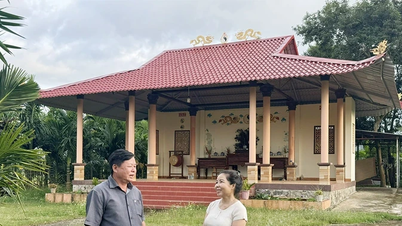

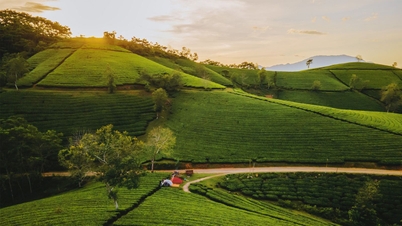





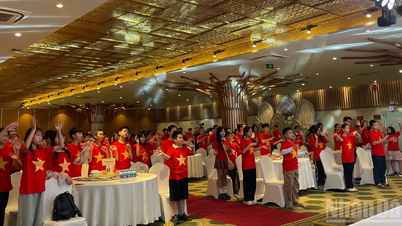






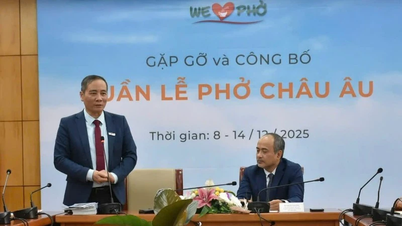





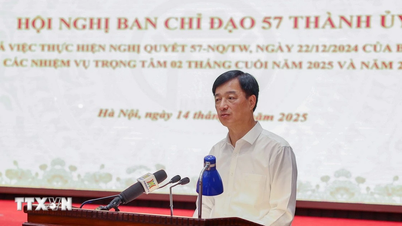

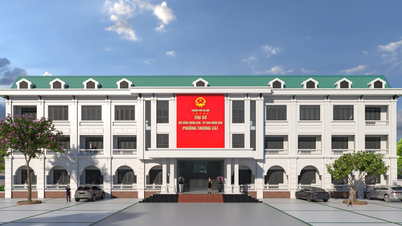




![[Photo] Special class in Tra Linh](https://vphoto.vietnam.vn/thumb/1200x675/vietnam/resource/IMAGE/2025/11/14/1763078485441_ndo_br_lop-hoc-7-jpg.webp)




































































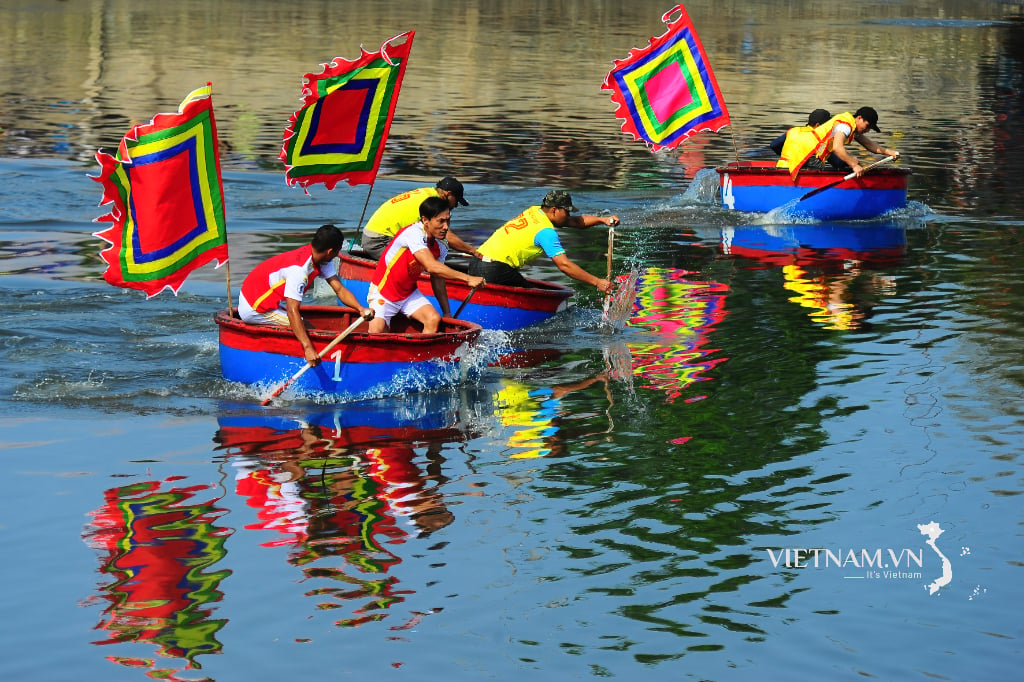



Comment (0)